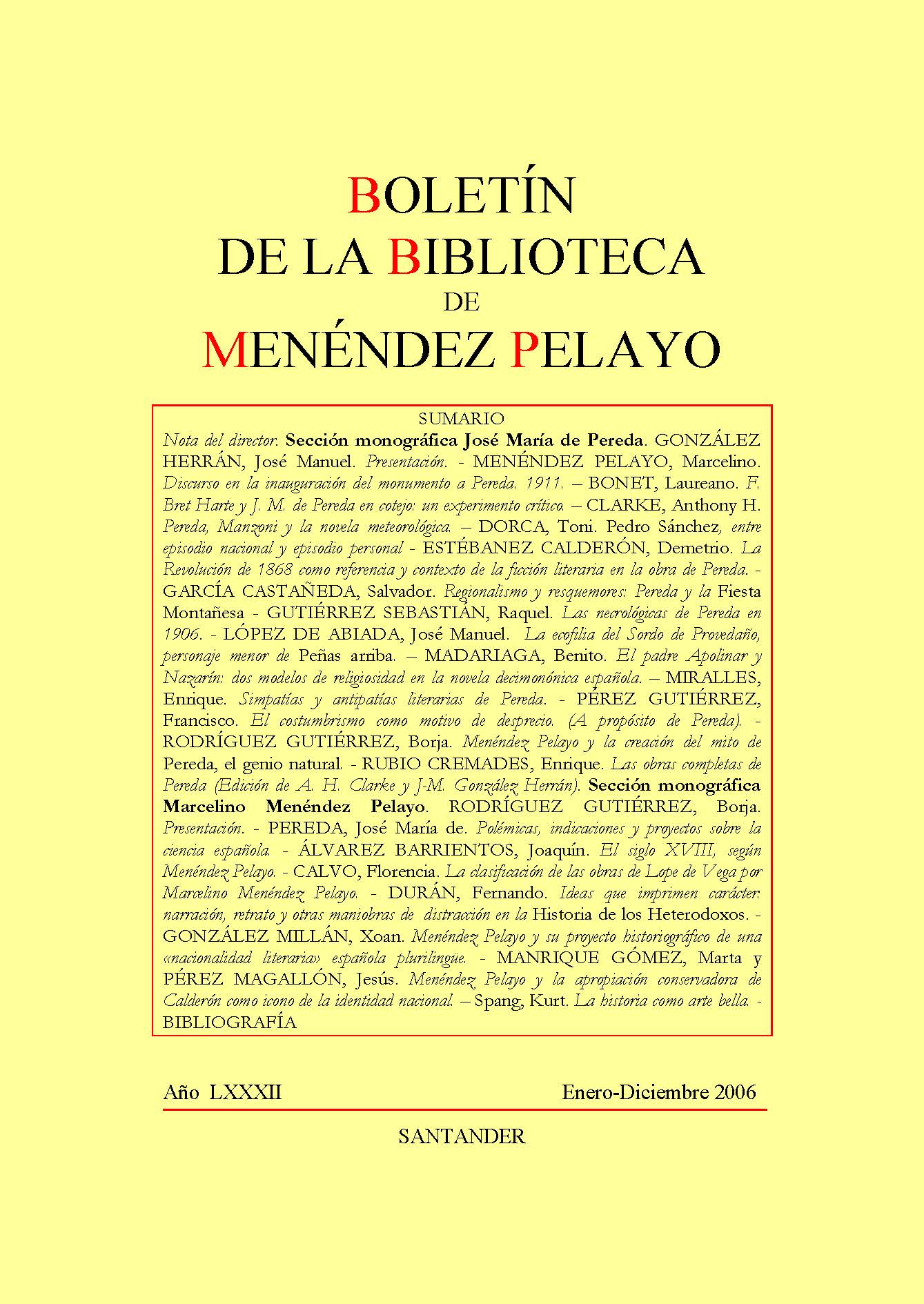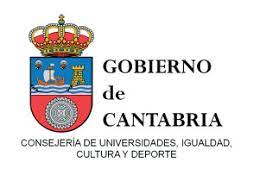Father Apolinar and Nazarín, two models of religiosity in the nineteenth-century Spanish novel
DOI:
https://doi.org/10.55422/bbmp.39Keywords:
Pereda, Galdós, Father Apolinar, NazarínAbstract
The main objective of this article is to carry out a rigorous description and analysis of the figures of Father Apolinar and Nazarín. These two models of religiosity have some similarities, but above all many differences, reflected and contrasted in the text. Pereda included Father Apolinar in one of his works (Sotileza) and portrayed him as a humble person, who spiritually cares for the fishing population and teaches. It corresponds to the image of a priest identified with the life of the people: he cared for the needy and shared their poverty. Galdós, on the other hand, invented Nazarín, considered a saint and a simple in equal parts. He is also called a mystic, a beggar, a mendicant or a madman. This character becomes a symbol in the story and is compared to Jesus Christ. Galdós received criticism pointing out a clear Russian influence, but the writer denied it; his inspiration was only Spanish.
Downloads
Publication Facts
Reviewer profiles N/A
Author statements
Indexed in
- Academic society
- Sociedad Menéndez Pelayo
- Publisher
- Sociedad Menéndez Pelayo
Global Statistics ℹ️
|
221
Views
|
74
Downloads
|
|
295
Total
|
|
Downloads
Published
How to Cite
Issue
Section
License

This work is licensed under a Creative Commons Attribution-NonCommercial 4.0 International License.







